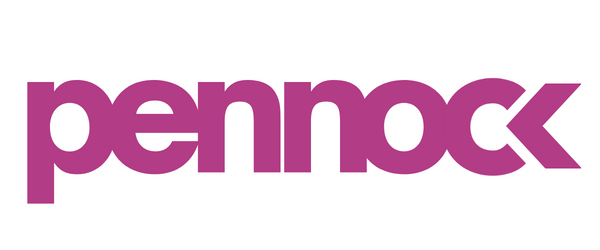The Art of Controlling AI in Performance Max Campaigns
Performance Max campaigns have been a vital player in the digital ads game for some time, and they bring with them an enduring question: How do we, as marketers, maintain control? With smart bidding, dynamic placements, ML, and AI optimizations, it feels like we (ad buyers) are losing control of LLM algorithms. But is there a way to steer these advanced tools to our advantage?
For example, consider a campaign set a target ROAS of 2x. What is Google doing here? Google is playing a game of averages. It might reward you with an average of 2x ROAS across your products, but this doesn't mean each product hits the mark individually. Some might soar high, while others lag. And this can be ok for many media plans. But, for those ‘dialing for dollars’ as we like to say in the biz, there are strategies and tactics to deploy within Performance Max to increase productivity. Here are 3 we commonly use.
Strategy 1: The Sale Vs. Reg Price Split
Picture dividing your products into three distinct categories:
Type 1: Products on Sale – Allocate the highest budget here.
Type 2: Regular-priced products that happen to be sold at a lower price point than competitors – this becomes second in the PMax budget hierarchy.
Type 3: Regular Priced Products priced above competitors – Allocate the least budget, unless your USPs FAR outweigh the competition, but keep in mind price is a huge factor in the PMax shopper’s eyes.
Now, assign different bidding strategies based on these types. For instance, for Type 3, a higher Target Cost Per Acquisition (TCPA) works better than a Target ROAS (TROAS). This focuses on acquiring customers who value quality over price
Strategy 2: Awakening the Zombies
Another common grouping we deploy at Pennock is Zombie SKUs. To consider if this is a play for your business, start by analyzing which SKUs your BAU Scaling PMax campaign favors (the majority of the budget goes to them). Check Shopify to make sure the mix matches total sales. Next, review the SKUs that do not get much budget allocated in BAU Scaling PMax, and then check to see which of these SKUs have decent site conversion rates (and/or total revenue for the business) PLUS low return rates. These are SKUs prime for a Zombie PMax. By separating these SKUs into their environment, you can start to flex their sales volume and overall contribution to the eCom business. Continually tweak the campaign– review SKU performance in Google and Shopify, adjust the budget, tROAS (or tCPA), and so on.
Strategy 3: The POAS Bidding
As we become more familiar with our client’s product profit margins, we switch from ROAS to Profit on Ad Spend (POAS) focus. With this strategy, use Target CPA as your bidding metric, calculating it as Gross Profit (COGS+Ad spend) divided by Target POAS. This method requires constant monitoring and adjustment of the CPA and POAS for all products, ensuring that your campaigns are always optimized for maximum profitability.
Bonus Tip: Shopping Feed Focus
Remember, a whopping 85% of your Pmax spend is on the shopping feed. It’s what you need to conquer. For example, if you're advertising athletic shoes, use high-quality, engaging images. If competitors are using lifestyle shots, find your unique angle to stand out. The aim is to have images that not only catch the eye but also communicate the value of your products.
Conclusion
The key to winning in this high-stakes environment lies in understanding and manipulating the AI's average-based approach. By recognizing this, you can tailor your strategy for each product, ensuring that none are left behind, and all contribute positively to your overall campaign performance. It’s not just about pushing for higher ROAS; it’s about smart allocation, precise targeting, and continuous optimization.
This journey through Pmax campaigns is your opportunity to transform the game. By adapting to the AI’s methods, and applying your unique strategies, you become the player who not only understands the rules but also knows how to bend them to your advantage. Embrace this challenge, and unlock the true potential of AI Smart Bidding in Google Ads. Are you ready to make the move that counts?
